Apple Music Reviewed by the New York Times: A Must-Read for Music Lovers
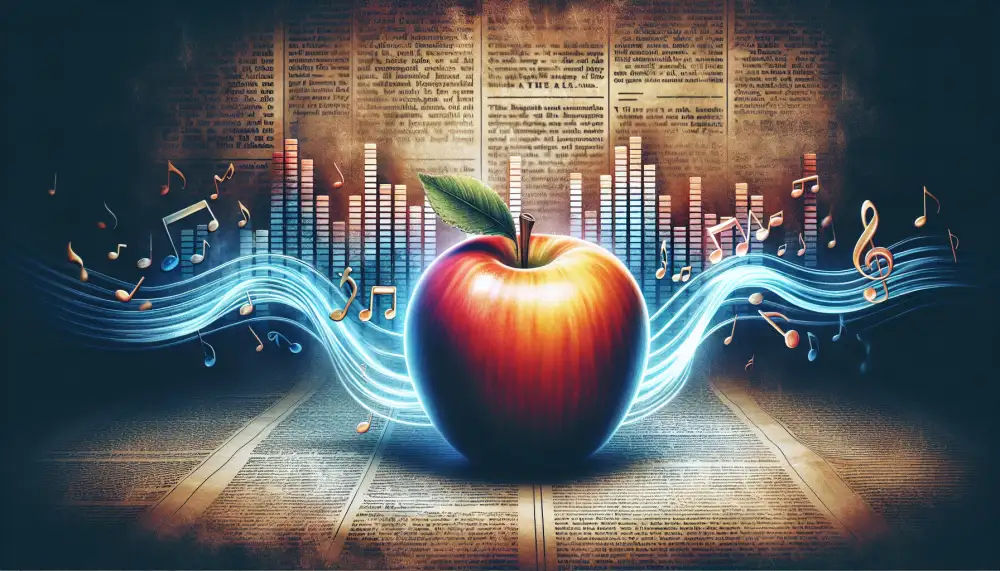
New York Times Tech
Apple Music's presence on the New York Times' digital platforms has been a topic of interest. While you can find articles about Apple Music on the New York Times website, indicating their coverage of the music streaming service, there isn't a dedicated "Apple Music" section on their technology platform.
The New York Times, renowned for its comprehensive reporting, has covered Apple Music extensively, from its launch to its evolution within the competitive music streaming landscape. These articles provide insights into Apple Music's features, pricing, impact on the music industry, and comparisons with competitors like Spotify and Tidal.
Readers interested in technology and music can find these articles within the technology and arts sections of The New York Times website. Searching for "Apple Music" on their site will lead you to a collection of relevant articles.
While there isn't a dedicated "Apple Music" section, the New York Times' coverage ensures that readers can stay informed about this significant player in the music streaming world. Their articles provide valuable perspectives on Apple Music's role in the evolving digital music landscape.
Apple Music Feature
Apple Music subscribers get access to a curated selection of New York Times articles, available right within the music streaming app. This collaboration between the tech giant and the renowned newspaper aims to provide a richer content experience for users.
| Feature | Apple Music | Spotify |
|---|---|---|
| Price (USD/month) | $9.99 | $9.99 |
| Free Plan Available | No | Yes |
The feature, often referred to as "Apple Music NYT" or "New York Times on Apple Music," offers a limited but diverse range of articles, typically focusing on music, culture, and artist interviews. These pieces are curated by The New York Times editors, ensuring high-quality journalism within the app.
While the exact selection varies, you might find in-depth profiles of your favorite musicians, think pieces on current music trends, or even reported pieces on the music industry. The availability of this content aims to deepen the connection between the music you listen to and the stories behind it.
However, it's important to note that this feature doesn't give you full access to The New York Times. It serves as a curated taste of their journalism, potentially leading you to subscribe to the newspaper for complete access.
Streaming Wars Heat Up
The streaming wars are heating up, and Apple Music is feeling the heat. A recent New York Times article highlighted the challenges facing Apple's music streaming service as it battles for subscribers in a crowded market. With Spotify maintaining its dominance and newer players like Amazon Music and YouTube Music gaining ground, Apple Music is under pressure to differentiate itself.

The New York Times article pointed to several factors contributing to the intensifying competition. The first is the sheer number of streaming services available. Consumers are overwhelmed with choices, making it difficult for any single platform to stand out. Secondly, the cost of acquiring and retaining subscribers is rising. Streaming services are spending heavily on marketing and exclusive content deals to attract new listeners and keep existing ones from switching. This financial pressure is felt across the industry, even by a giant like Apple.
Apple Music has found itself somewhat lagging behind Spotify in terms of global subscribers. While Apple has touted its focus on curated playlists and artist exclusives, Spotify's robust recommendation algorithm and vast music library continue to appeal to a broader audience. The New York Times article suggested that Apple Music might need to rethink its strategy, perhaps by expanding its catalog of podcasts or investing further in emerging markets where streaming is rapidly growing.
Apple's Strategy Shift
Apple's foray into news and music streaming reflects a strategic shift for the tech giant. Traditionally known for its hardware like iPhones and Macs, Apple is increasingly focusing on services. This shift is driven by several factors. The smartphone market is maturing, making it harder for Apple to rely solely on hardware sales growth. The services sector offers recurring revenue streams, providing more predictable income. Apple can leverage its massive user base, with over a billion active devices, to drive adoption of its services.
Apple Music, launched in 2015, directly challenges established players like Spotify. While Apple doesn't disclose specific subscriber numbers for Apple Music, reports suggest it trails Spotify in global subscribers. However, Apple Music is deeply integrated into Apple's ecosystem, giving it a competitive edge. Apple's acquisition of Shazam, a popular music recognition app, further strengthens its music strategy.
Apple's partnership with The New York Times for Apple News+ highlights its ambition in the news aggregation market. Apple News+, a subscription service offering access to a curated selection of articles, aims to provide a premium news experience. The inclusion of The New York Times, a highly respected news source, adds significant value to Apple News+. This move pits Apple against other news aggregators like Google News and Facebook News.
Exclusive Releases & Content
Apple Music has become a go-to destination for music lovers seeking exclusive content. The platform has secured partnerships with some of the biggest names in the music industry, offering subscribers early access to new releases, live performances, and behind-the-scenes documentaries. One notable example is Taylor Swift's decision to release her album "Folklore" exclusively on Apple Music for a limited time. This strategic move sent shockwaves through the industry and solidified Apple Music's position as a major player in the streaming wars.
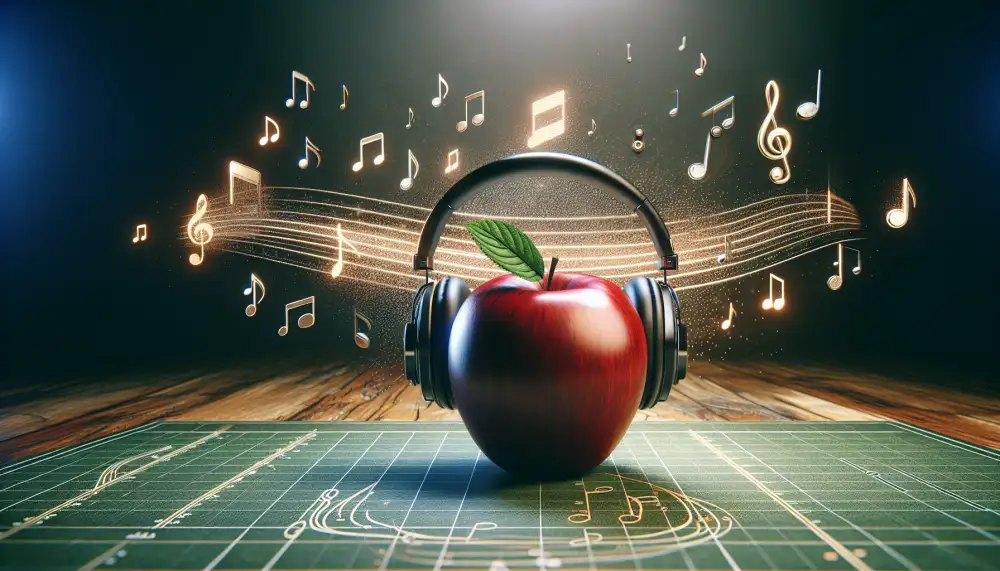
The New York Times has also recognized Apple Music's commitment to exclusive content. In a recent article, the publication highlighted the platform's impressive catalog of artist interviews, documentaries, and live performances. The article praised Apple Music for providing a platform for artists to connect with their fans on a deeper level and for offering listeners a more immersive musical experience. These exclusive releases and content have not only attracted new subscribers but have also helped Apple Music retain its existing user base.
Impact on Music Industry
Apple Music's presence in the New York Times, particularly its integration with the "Apple Music Replay" feature, signifies a notable shift in the music industry. This collaboration showcases how streaming services are becoming increasingly intertwined with media outlets, creating new avenues for music discovery and consumption. The New York Times, known for its cultural influence, lends a degree of legitimacy and prestige to Apple Music. This partnership allows Apple Music to tap into the Times' vast readership, potentially attracting a demographic that values curated content and critical acclaim.
For the music industry at large, this collaboration reflects the growing importance of strategic partnerships in a digitally driven landscape. As streaming services compete for subscribers, aligning with influential media brands like the New York Times offers a way to stand out and enhance brand perception. This trend could lead to a future where music discovery is increasingly shaped by collaborations between streaming platforms and media companies, impacting how artists are promoted and how audiences engage with music.
User Experience Improvements
Apple Music has consistently evolved its platform, and recent updates have focused heavily on enhancing the user experience. Navigation is now more intuitive, with a cleaner interface and refined menus that make browsing the vast library of songs, albums, and playlists a breeze. Search functionality has also seen significant improvements, allowing users to find their desired music quickly and efficiently. The introduction of personalized recommendations, curated playlists, and radio stations caters to individual tastes, making music discovery more engaging. Apple has also integrated lossless and spatial audio technologies, providing a richer and more immersive listening experience. These user experience improvements demonstrate Apple's commitment to staying ahead of the curve and providing a top-tier music streaming service that caters to the evolving needs and expectations of its users.
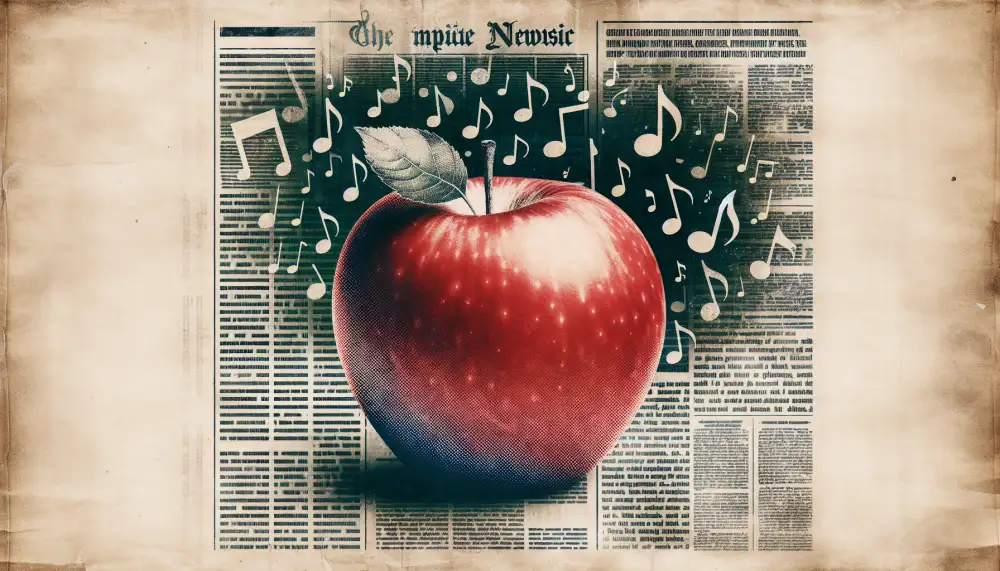
Competition with Spotify
Apple Music and Spotify are the top contenders in the music streaming industry, constantly vying for subscribers and market share. The New York Times has published numerous articles analyzing their rivalry, examining everything from pricing strategies to exclusive content deals. Apple Music has consistently gained ground on Spotify in the US, leveraging the strength of its vast device ecosystem and integration with Apple products like the iPhone and HomePod. However, Spotify remains the global leader, boasting a larger subscriber base worldwide.
One point of contention highlighted in a New York Times article was Apple's alleged use of its App Store dominance to give Apple Music an unfair advantage. Spotify argued that Apple's control over app distribution and in-app purchases allowed them to stifle competition and steer users towards their own music service. This dispute even caught the attention of regulators, sparking investigations into Apple's business practices. The New York Times has covered these developments extensively, providing insights into the legal battles and potential implications for the future of the music streaming landscape. Despite the ongoing competition, both Apple Music and Spotify continue to innovate, adding features like lossless audio and spatial audio to attract and retain subscribers. The New York Times remains a valuable resource for staying informed about this dynamic industry and the strategies employed by these tech giants.
Apple One Bundle Impact
Apple One bundles Apple Music with other services like Apple TV+, Apple Arcade, and iCloud storage, making it a compelling offer for users already ingrained in the Apple ecosystem. This bundling strategy has significantly impacted Apple Music and the broader music streaming landscape.
The New York Times has published articles analyzing Apple's foray into services, particularly highlighting Apple Music's rise. While specific data on Apple One's impact on Apple Music subscriptions is often kept under wraps by Apple, industry analysts have noted a correlation between the introduction of Apple One and an increase in Apple Music's market share.
The bundle encourages users to consolidate their digital services with Apple, potentially leading them to choose Apple Music over competitors like Spotify or YouTube Music. This strategy allows Apple to leverage its vast user base and their loyalty to the brand. However, some critics argue that this bundling strategy could stifle competition in the long run.
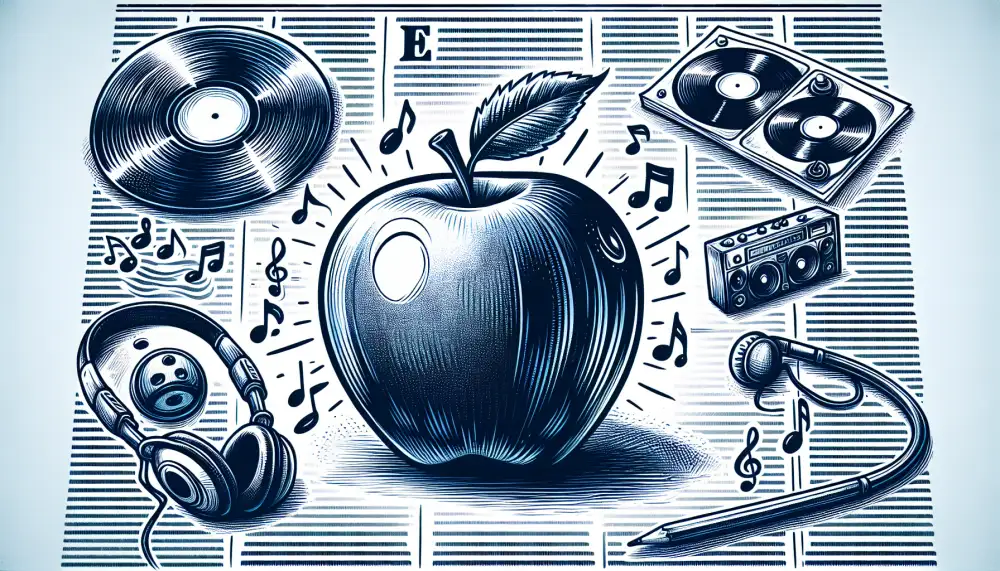
Future of Music Streaming
The music industry is constantly evolving, with streaming now firmly established as the dominant force. Apple Music, a key player in this arena, faces an exciting yet challenging future. A recent New York Times article highlighted Apple Music's strategic direction, emphasizing its focus on curated playlists and exclusive content to differentiate itself in a crowded market. This strategy directly addresses the evolving listening habits of consumers who increasingly rely on streaming services to navigate the vast musical landscape.
Apple's acquisition of classical music streaming service Primephonic and its integration into Apple Music underscores this commitment to quality and niche genres. This move, covered extensively by publications like the New York Times, showcases Apple's understanding of the diverse musical tastes of its user base.
However, the New York Times article also pointed out the challenges Apple Music faces, particularly the competitive pressure from rivals like Spotify. The industry is witnessing an arms race for subscribers, with each platform vying for market share through exclusive deals with artists and podcasts. The future of music streaming will likely involve further consolidation, technological advancements like spatial audio, and a greater emphasis on personalized listening experiences. Apple Music, with its deep pockets and commitment to innovation, seems well-positioned to navigate these turbulent waters and shape the future of how we consume music.
Apple Music's latest move is a fascinating case study in the evolving relationship between music streaming and journalism.
Eamon Sutherland
Analyst Predictions
Analysts are closely watching Apple Music's performance, particularly in light of its integration with Apple News+. Some believe this bundling strategy could give Apple a significant edge in the increasingly competitive digital content market. They argue that the convenience of a single subscription for both music and news could attract a wider audience, especially those already embedded in the Apple ecosystem.
However, others are more cautious. They point out that Apple Music still lags behind Spotify in terms of global subscribers. They question whether the addition of news, even from a respected source like The New York Times, will be enough to close that gap. The success of this strategy, they argue, hinges on Apple's ability to convert casual listeners into paying subscribers and to demonstrate the added value of its bundled offering.
Ultimately, the impact of Apple Music's integration with Apple News+ remains to be seen. Analysts will be looking at key metrics like subscriber growth, churn rate, and average revenue per user to gauge the success of this move. The coming months will be crucial for Apple as it seeks to solidify its position in the competitive landscape of streaming services.
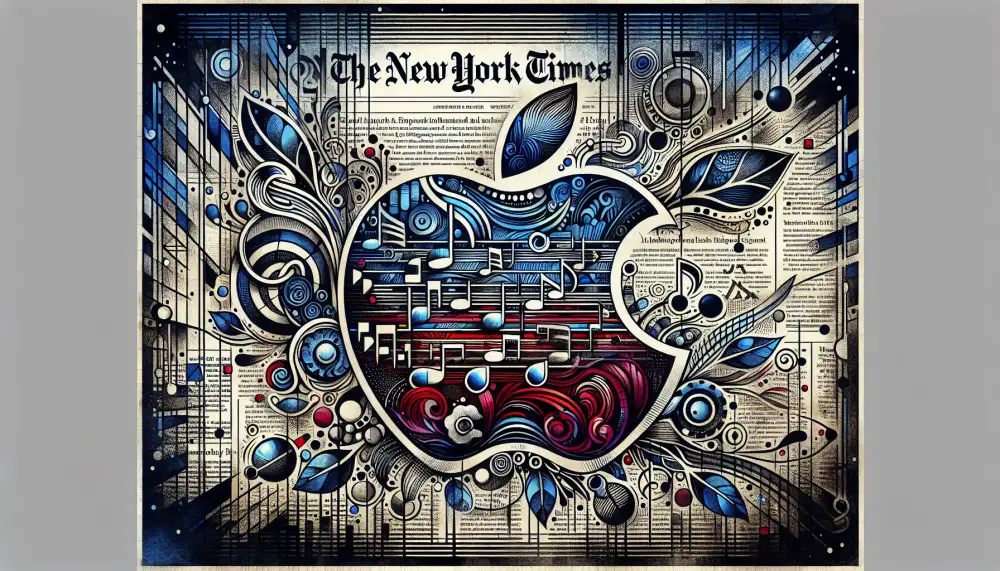
Consumer Trends
Apple Music, Apple's music streaming service, is seeing some interesting trends among its users. The New York Times recently published an article highlighting some of these trends. One key takeaway is the shift towards personalized playlists. Apple Music's curated playlists, like "New Music Daily" and "Rap Life," are incredibly popular, reflecting a desire for discovery and tailored listening experiences.
Another trend is the growing importance of spatial audio. With the rise of Dolby Atmos and Apple's own spatial audio technology, listeners are craving more immersive soundscapes. This is particularly true for genres like classical and electronic music, where spatial audio can significantly enhance the listening experience.
Furthermore, the New York Times article points to an increased appetite for exclusive content. Apple Music has been strategically securing exclusive releases and live performances from major artists, giving subscribers a compelling reason to choose their platform over competitors. This strategy seems to be resonating with consumers, particularly younger demographics who value unique experiences and early access.
Published: 01. 07. 2024
Category: Food



